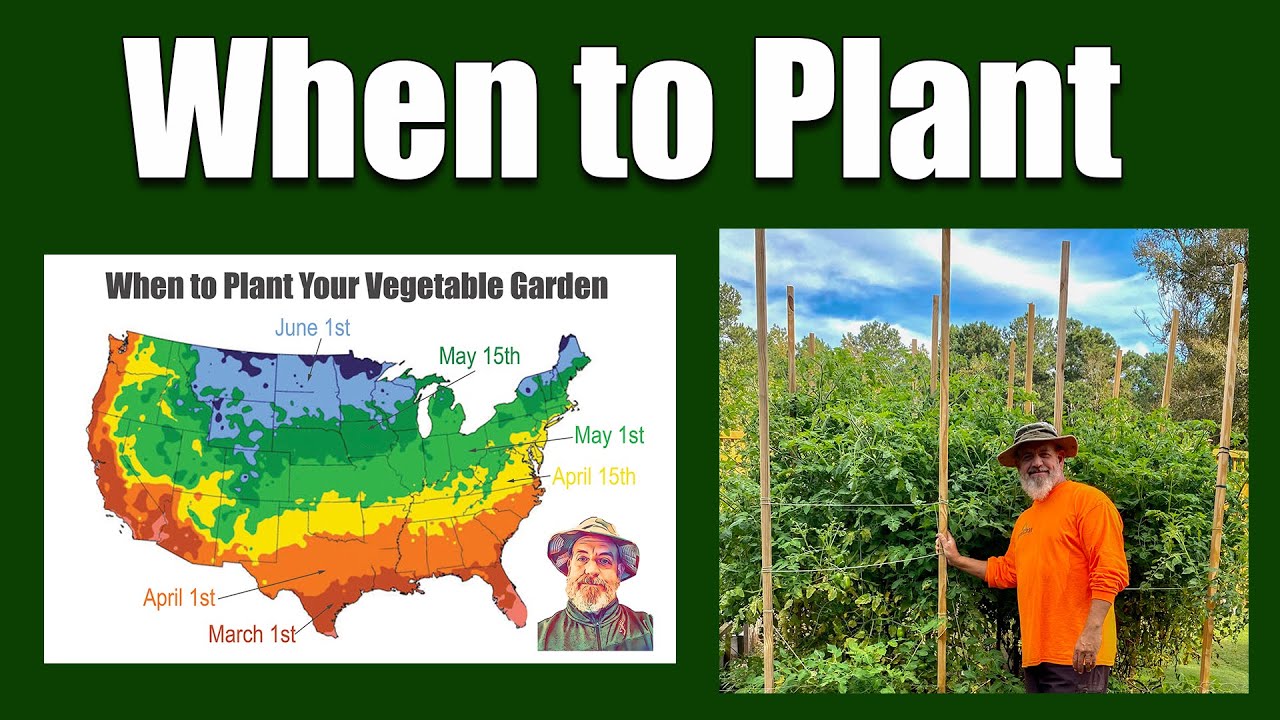Factors to Consider for Vegetable Planting in Rhode Island
When it comes to vegetable planting in Rhode Island, several factors need to be taken into consideration to ensure successful growth and a bountiful harvest. Understanding the climate, choosing the right vegetable varieties, preparing the soil, and knowing the ideal planting dates are all crucial elements for a thriving garden in the Ocean State.
Understanding Rhode Island’s Climate for Optimal Planting
Rhode Island’s climate is classified as humid continental, which means it experiences four distinct seasons. Winters are cold with average temperatures ranging from 20°F to 35°F (-7°C to 2°C), while summers are warm to hot with temperatures reaching 70°F to 85°F (21°C to 29°C). Spring and fall provide transitional periods with moderate temperatures. It is important to consider this climate when planning your vegetable planting to ensure optimal growth and yield.
The Importance of Choosing the Right Vegetable Varieties
Selecting the appropriate vegetable varieties is essential for successful planting in Rhode Island. Certain vegetables are more suitable for the state’s climate and growing conditions. Opt for varieties that have shorter maturity times, as the growing season in Rhode Island may be shorter compared to other regions. Additionally, consider disease resistance, as some vegetables are more prone to common diseases specific to the area.
Soil Preparation: Crucial Steps for Successful Planting
Preparing the soil is a crucial step in ensuring healthy plant growth. Rhode Island’s soil is generally acidic, so testing the pH level is recommended. Most vegetables prefer a slightly acidic to neutral pH range of 6.0 to 7.0. Amend the soil with organic matter such as compost or well-rotted manure to improve its structure and fertility. Proper soil drainage is also important, as excessive moisture can lead to root rot. Prior to planting, remove any weeds or debris and loosen the soil to a depth of at least 6 to 8 inches (15 to 20 cm).
Timing is Everything: Knowing the Ideal Planting Dates
Knowing the ideal planting dates for different vegetables is crucial for successful gardening in Rhode Island. The last frost date in the state generally falls between mid-April and early May, while the first frost date occurs between mid-October and early November. However, it is essential to consult a local gardening guide or contact the Rhode Island Cooperative Extension for specific planting dates, as they can vary depending on the region of the state.
Frost Dates in Rhode Island: Protecting Your Vegetables
Rhode Island gardeners must be cautious of frost, as it can damage or kill tender vegetable plants. To protect your vegetables, plant frost-tolerant varieties or use protective measures such as row covers or cloches. It is essential to monitor weather forecasts and be prepared to cover your plants when frost is expected. Extending the growing season by starting seeds indoors and transplanting them outside after the last frost date can also ensure a longer harvest period.
Spring Planting: Which Vegetables Thrive in Rhode Island?
Spring is an ideal time for planting cool-season crops in Rhode Island. Vegetables such as lettuce, spinach, peas, radishes, and carrots thrive in the cooler temperatures of spring. Start these crops as soon as the soil can be worked, usually in early to mid-April. Other spring vegetables that can be planted include broccoli, cabbage, kale, and onions. These crops will be ready for harvest before the summer heat sets in.
Summer Planting: Maximizing Yield in Rhode Island
Summer planting in Rhode Island offers a wide range of warm-season vegetables that thrive in the state’s warmer temperatures. Tomatoes, peppers, cucumbers, zucchini, beans, and corn are popular choices for summer planting. To maximize yield, ensure these vegetables receive adequate sunlight, water, and proper spacing as they grow. Mulching can help retain moisture and suppress weed growth, which is particularly beneficial during the hot summer months.
Fall Planting: Extending Your Harvest Season
Fall planting in Rhode Island is an opportunity to extend the harvest season and enjoy fresh vegetables well into autumn. Cool-season crops such as kale, Swiss chard, beets, and Brussels sprouts can be planted in late summer for a fall harvest. Additionally, consider planting quick-maturing vegetables like lettuce, radishes, and spinach in late summer or early fall for a continuous supply of fresh produce. Protecting these crops from early frosts with row covers or other protective measures is crucial for a successful fall harvest.
Greenhouse Gardening: Year-round Vegetable Planting
For those looking to garden year-round in Rhode Island, greenhouse gardening is an excellent option. Greenhouses provide a controlled environment where vegetables can be planted and harvested throughout the year. With proper temperature and humidity control, a wide variety of vegetables can be grown in greenhouses, allowing gardeners to enjoy fresh produce even during the colder months.
Taking Advantage of Rhode Island’s Microclimates
Rhode Island’s small size allows for the existence of microclimates within the state. These microclimates can vary based on factors such as proximity to the coast, elevation, and shelter from wind. Gardeners can take advantage of these microclimates by selecting vegetable varieties that are better suited to specific conditions. For example, coastal areas may have milder winters and cooler summers, making them ideal for growing certain crops. Understanding the microclimates in Rhode Island can help gardeners make the most of their planting strategies.
Gardening Calendar: A Month-by-Month Guide for Planting
Having a gardening calendar specifically tailored to Rhode Island can be a valuable resource for vegetable gardeners in the state. A month-by-month guide can provide information on when to start seeds indoors, transplant seedlings outside, and directly sow seeds in the garden. It also offers advice on when to harvest different vegetables and provides reminders for important tasks throughout the year, such as soil testing, fertilizing, and pest control. By following a gardening calendar, Rhode Island gardeners can stay organized and maximize their gardening success.





